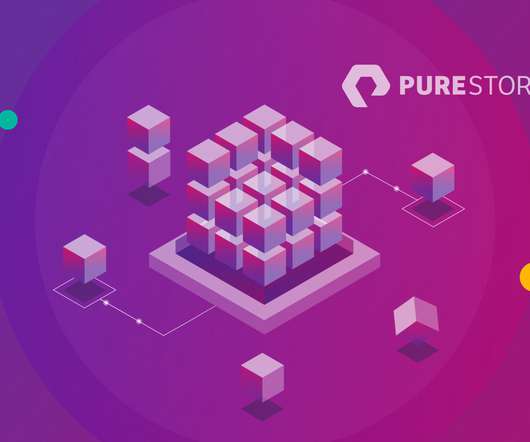The road to EV safety requires a robust infrastructure
National Fire Protection Association
NOVEMBER 2, 2022
NFPA has been committed to addressing potential fire hazards posed by EVs for some time, offering in-person and online trainings that teach first responders how to safely and effectively mitigate EV incidents. All these stakeholder groups must be fully engaged in doing their part to truly help minimize associated safety risks.





















Let's personalize your content